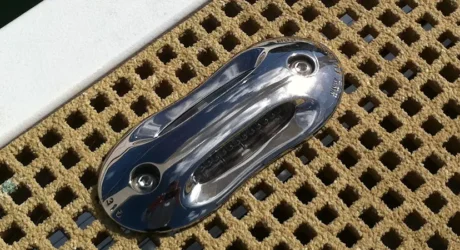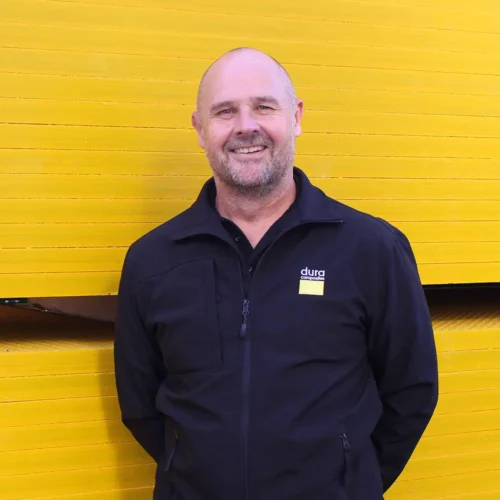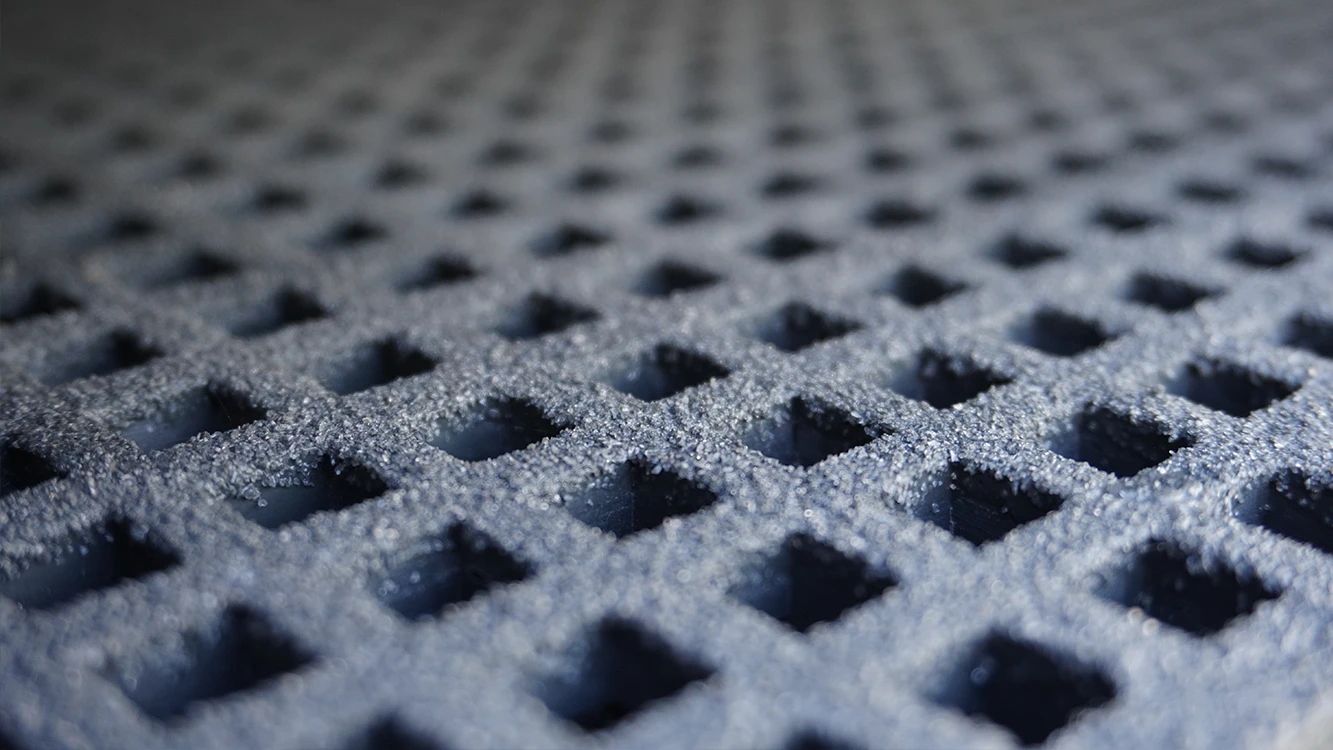GRP Dura Grating is ideal for commercial and other high traffic locations thanks to its virtually maintenance-free characteristics. As well as being safe and comfortable to walk on, it’s also easy to clean to keep it performing at its best.
Keeping your grating tidy
Waterside settings such as marinas will always attract a variety of bird life, and whilst bird droppings are known to have a majorly detrimental effect on concrete floor surfaces due to their high acidity levels, the gritted surface and grid format of GRP grating is generally said to be less appealing to birds. If your grating is located in an area where members of the public are regularly consuming food though, be sure to clear up any large food deposits immediately to minimise the risk of trips or slips.
Should you clean GRP grating?
Our GRP products are extremely hardwearing and need hardly any maintenance, but to maintain maximum slip resistance they will require the occasional clean. How often you choose to clean your grating will depend on local conditions and the volume of pedestrian traffic your grated areas get. Generally, a stiff brush and an environmentally friendly marine shampoo will be sufficient to remove most dirt. However more stubborn grime may have to be removed using a pressure washer.
Remove any surface debris
Our GRP grating comes in a variety of different mesh sizes which allow debris to fall through the holes. This helps to prevent any major build-up of organic material on the surface, which could become hazardous. If your chosen mesh size is situated under deciduous trees such as oaks, maples or beeches, or is located in an area which is prone to attracting other kinds of debris, you should first make sure you brush down the area thoroughly to remove any surface waste products.
Do I need any specialist equipment?
A good quality stiff brush is the best investment you can make. It’s also really important to make sure you use a mild detergent that is not harmful to aquatic life – and use it sparingly to minimise any residues entering the water. Avoid any cleaners which state they contain phosphorous or nitrogen. These can cause algal blooms which are harmful to coral reefs and coastal ecosystems and there are plenty of safer alternatives to choose from.
What about pressure washing?
If it’s been a while since you cleaned your GRP grating, you might need to consider using a pressure washer to minimise the visual impact of more stubborn stains. Stick to pressure washers around 1500 psi (which stands for pounds per square inch of pressure) and which won’t damage the anti-slip gritted surface. Always keep the pressure washer nozzle at least 25cm (10 inches) from the surface and avoid concentrated spraying on one area for more than 3 seconds. Work in sections for best results, and always ensure you rinse with clean water.







